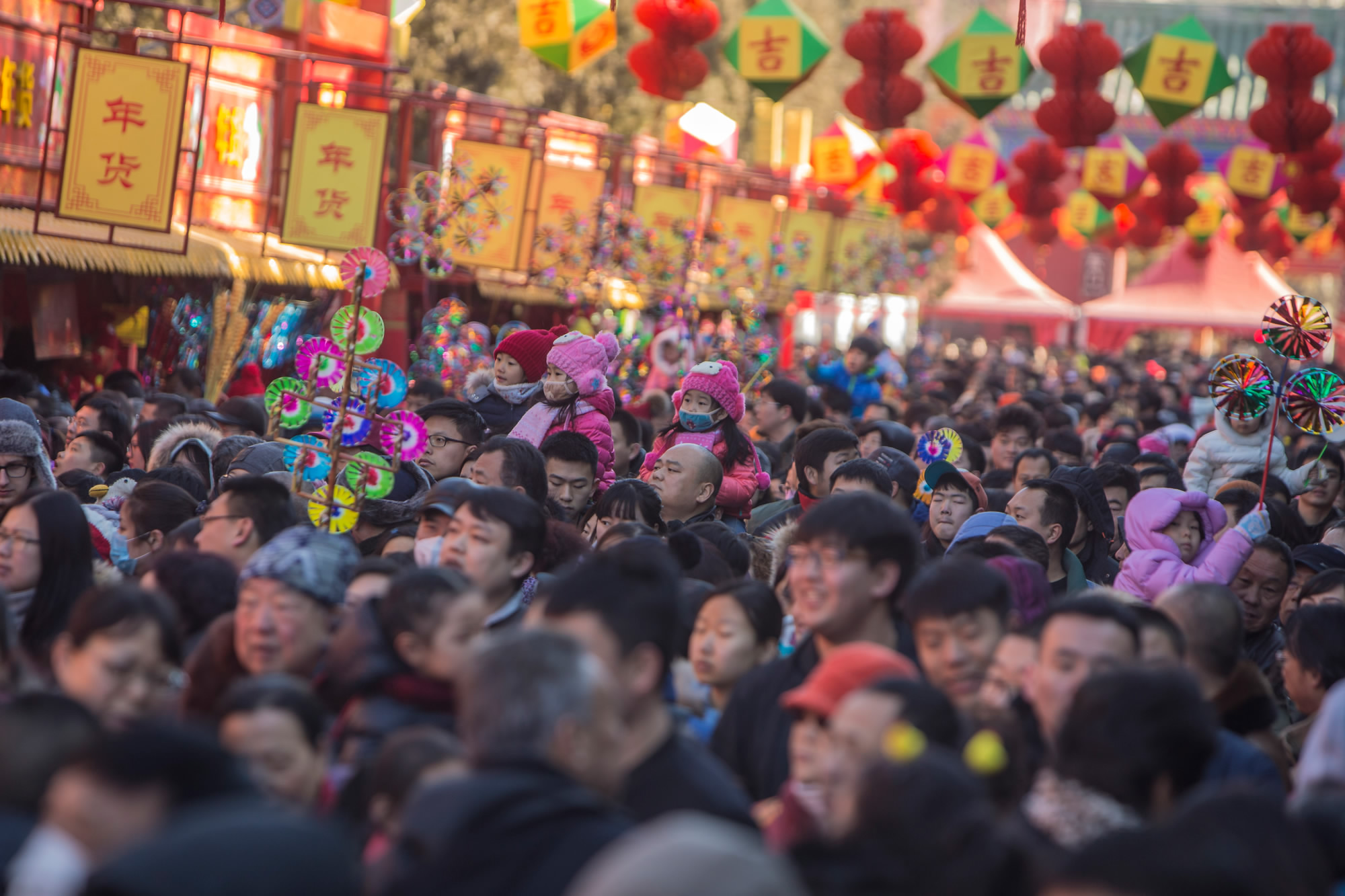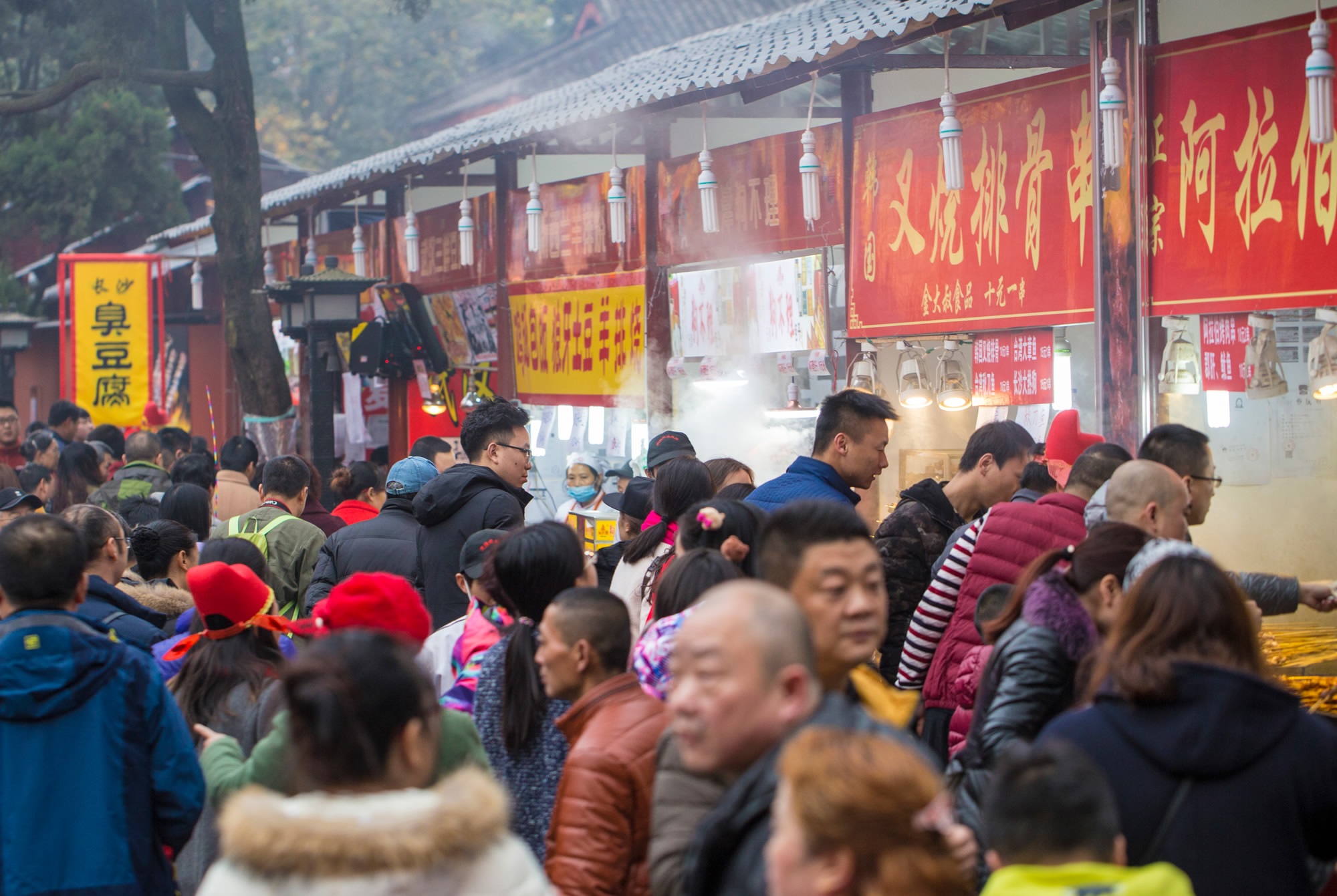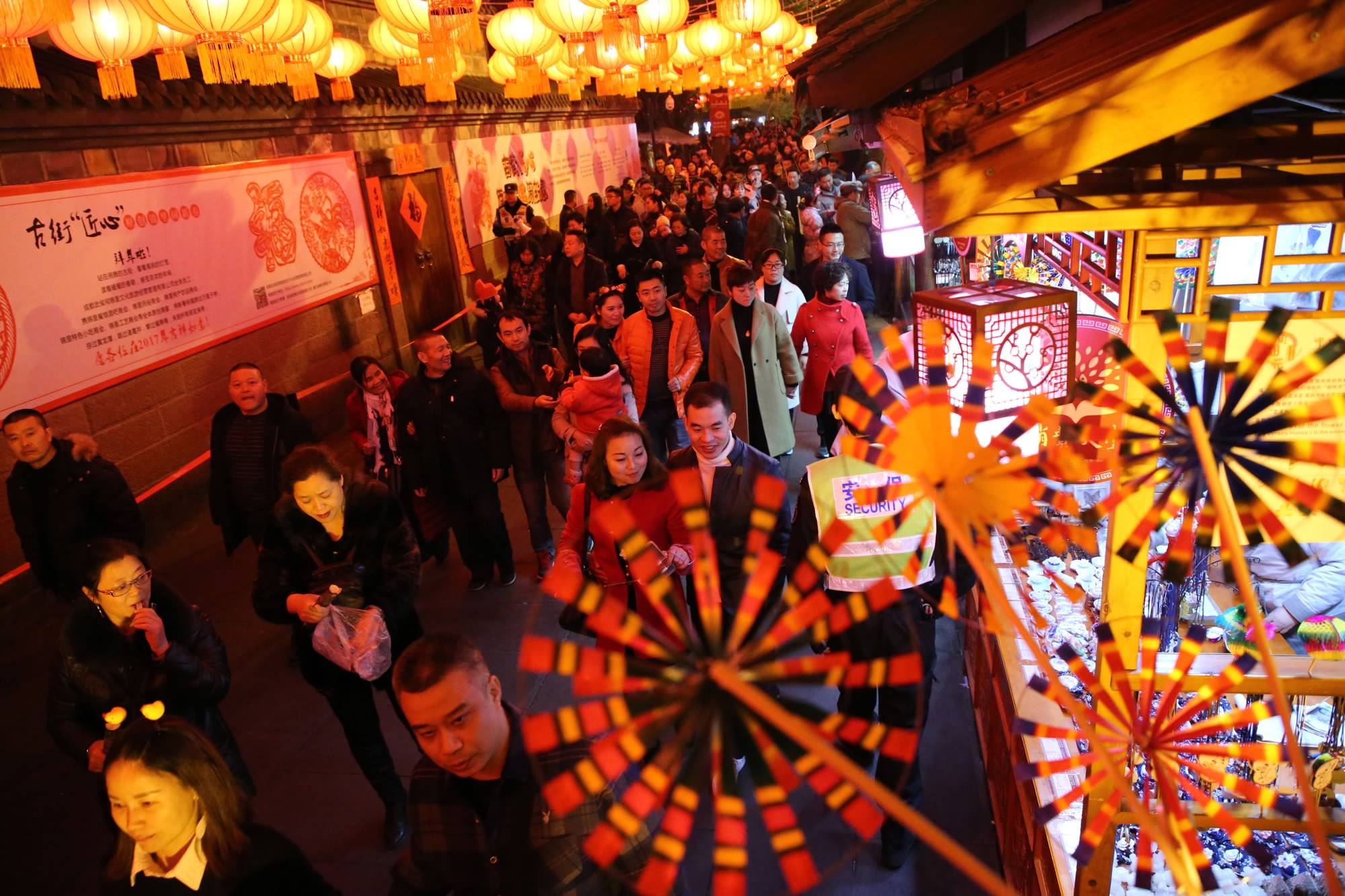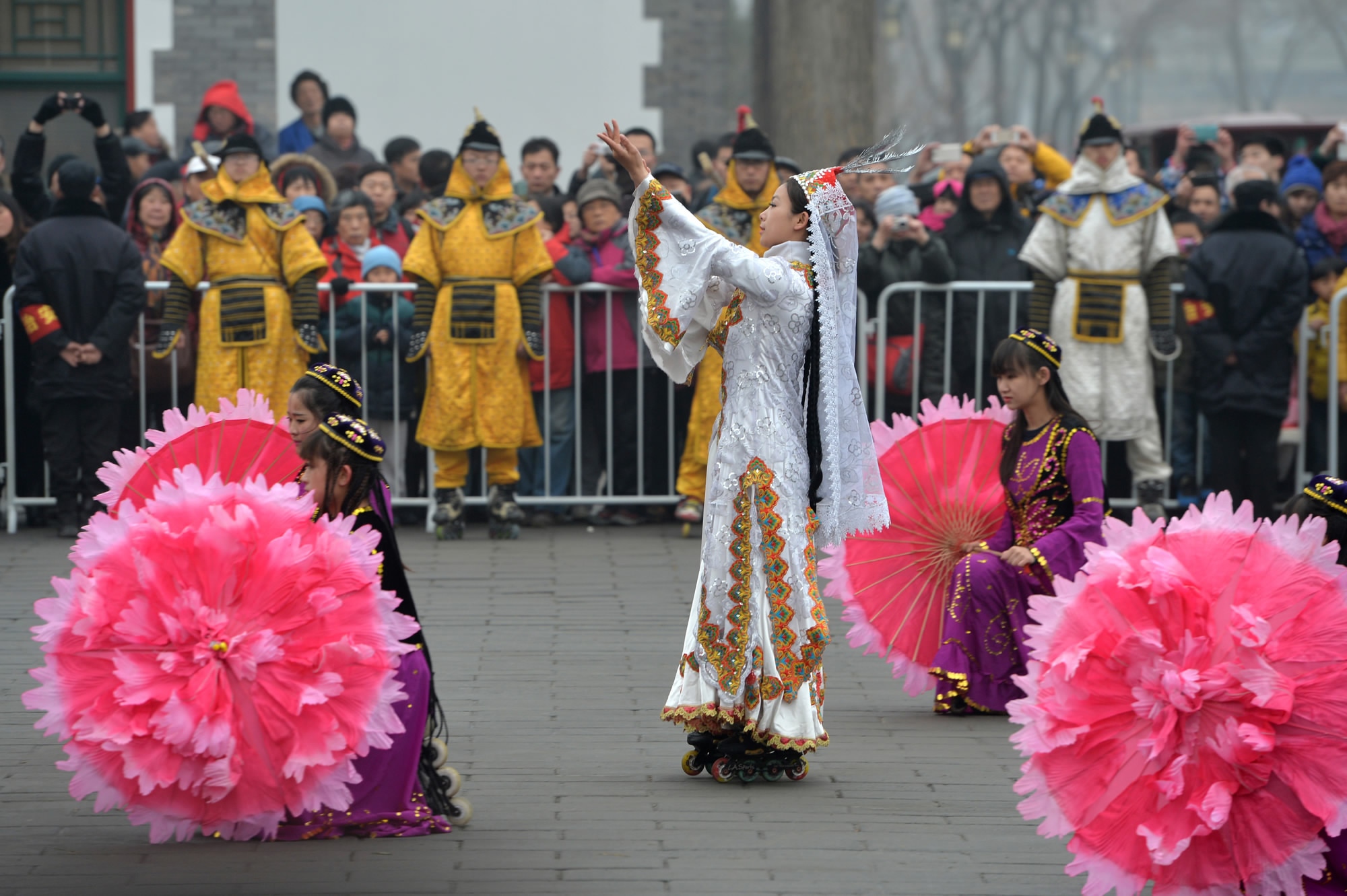
China
16:28, 02-Feb-2017
Cultural elements make a comeback to temple fairs
Updated
10:39, 28-Jun-2018

Going to temple fairs for a festive dose of folk performances, handicrafts, games, as well as local snacks, during the Lunar New Year is one of the favorite Chinese pastime.
in order to boost this pastime, Beijing authorities gave away 300,000 free tickets to the public for grab within three days in January. At the same time, online tickets for a temple fair were sold out within 40 seconds. And as more people are attracted, temple fair has also been a commercial hub for business owners, as they compete to pay hefty sums to rent stalls at the fairs, causing price hikes for local snacks and gadgetry.

CFP Photo
CFP Photo
Zhang Chen, a local from Xi’an, a historic city in China’s northwest, said temple fairs are getting more commercial and expensive.
“Sometimes when I see the vendors at a temple fair, I just feel like I am at a wholesale market,” Zhang said. “It’s very commercial without much culture. The prices of local snacks and products have more than doubled.”

CFP Photo
CFP Photo
In recent years, though the scale of these fairs has grown, they often fail to impress visitors, as they lack any distinct character.
Wang Renxiang, researcher from the Chinese Academy of Social Sciences, said the luster of cultural touch is missing because they are related to the Spring Festival tourism economy and are generally organized by parks or companies.
However, temple fairs in some cities are trying to bring in some innovation to make them interesting and also adding cultural elements to them.

CFP Photo
CFP Photo
Last year, stalls at two Beijing temple fairs were no longer auctioned but subject to invitation. Wang Disheng, director of Landscape Management Center of Dongcheng district in Beijing, explained that all stalls were invited by authorities, including time-honored brands and cultural heritage displays, without any charges, to make temple fairs cultural.
This year, royal customs, ice sports, as well as canal culture are some of the themes for Beijing temple fairs. In Chengdu, capital of China’s southwestern province of Sichuan, a wide range of events about the culture of Three Kingdoms(AD 220–280) are a part of the fair, where visitors can learn about war history and heroic figures through VR games, as well as light installations.

CFP Photo
CFP Photo
There are also international elements added to the traditional event: Scottish bagpipes, folk dances from Cambodia, music bands from Europe, and other art groups from abroad have added an international flavor to the fairs.

SITEMAP
Copyright © 2018 CGTN. Beijing ICP prepared NO.16065310-3
Copyright © 2018 CGTN. Beijing ICP prepared NO.16065310-3